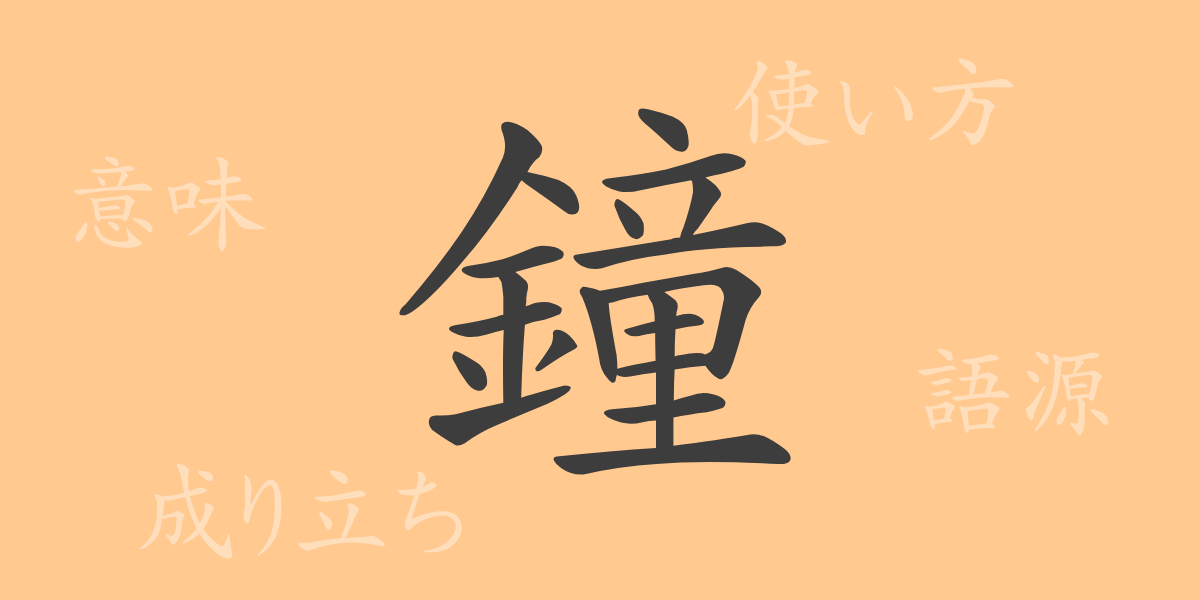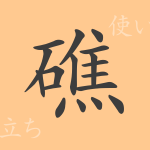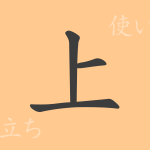The kanji “鐘(かね)” resonates through time, marking history and echoing culture. Familiar as a common kanji in Japan, what stories are imbued within this character? This article will delve into the origins, meaning, usage, and even how “鐘” is utilized in Japanese phrases, exploring the enduring allure of the bell in both literal and figurative senses.
Origins of 鐘(かね)
The etymology of “鐘” traces back to ancient China, originally represented by the combination of “金” (metal) and “童” (sound). This representation evolved over time into the character “鐘,” brought to Japan with the introduction of Buddhism, playing a significant role in temples.
Meaning and Usage of 鐘(かね)
“鐘” refers to a metallic musical instrument, typically used to signal time and mark ceremonies or rituals. In Japan, the Buddhist temple bell, rung 108 times at the year’s end, is particularly renowned. The phrase “鐘を鳴らす” (to ring the bell) is also used metaphorically to mean spreading news widely.
Readings, Stroke Count, and Radical of 鐘(かね)
The character “鐘” is rich in form and resonance:
- Readings: On’yomi (音読み) “ショウ,” Kun’yomi (訓読み) “かね”
- Stroke Count: 20 strokes in total
- Radical: Metal (金)
Phrases and Proverbs Using 鐘(かね) and Their Meanings
Japanese language features various idioms and proverbs involving “鐘”:
- 鐘の音: The sound of the bell, symbolizing the spread of good reputation or fame far and wide.
- 釣鐘に触る: Literally “touching the hanging bell,” it means to cause unnecessary trouble or meddle with something forbidden.
Conclusion on 鐘(かね)
Beyond a mere character or object, “鐘” deeply integrates into people’s lives and culture, offering a glimpse into Japan’s traditions and linguistic backdrop. This article aims to renew our perspective on “鐘,” enriching our appreciation of its resonance and cultural significance.

























